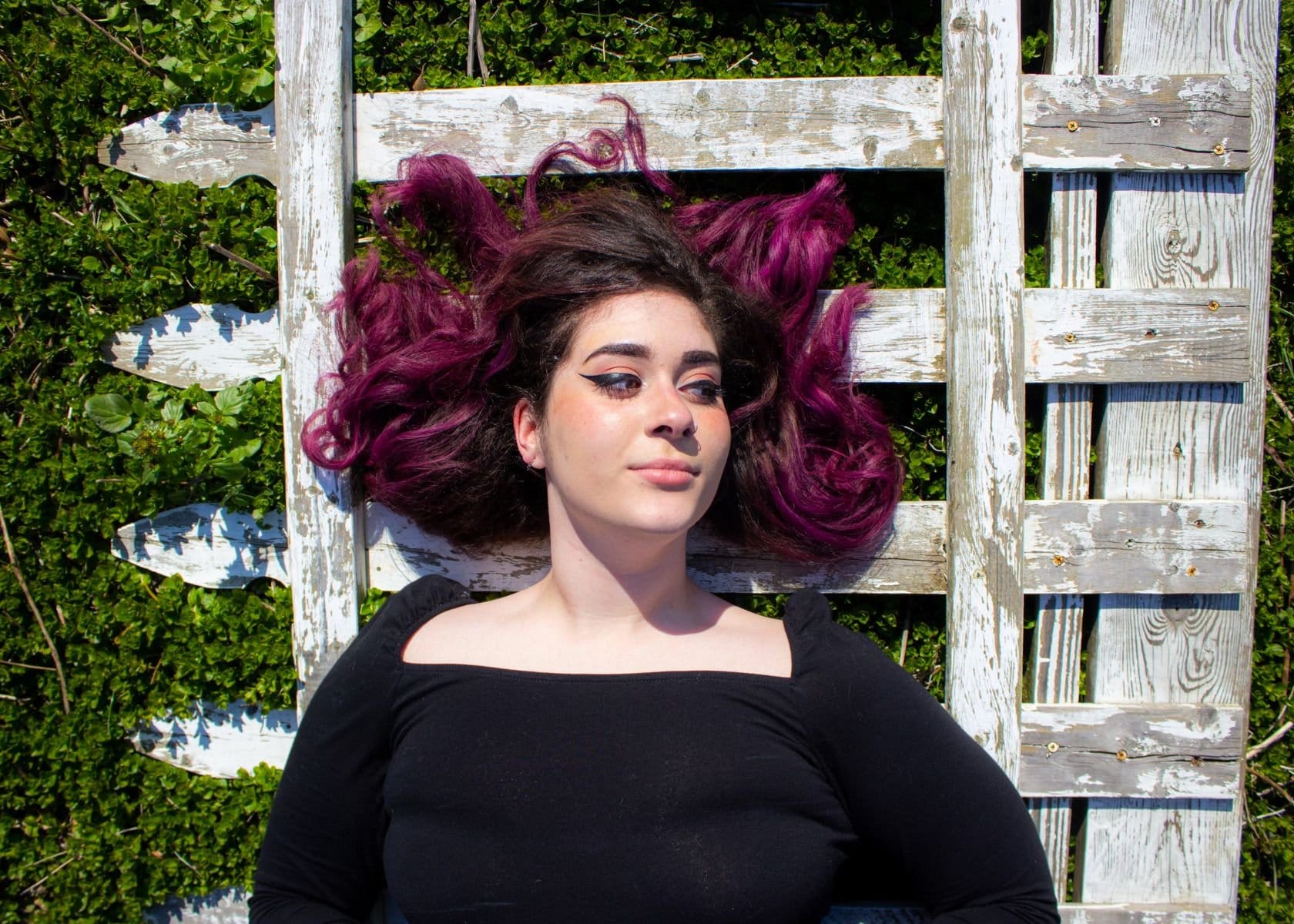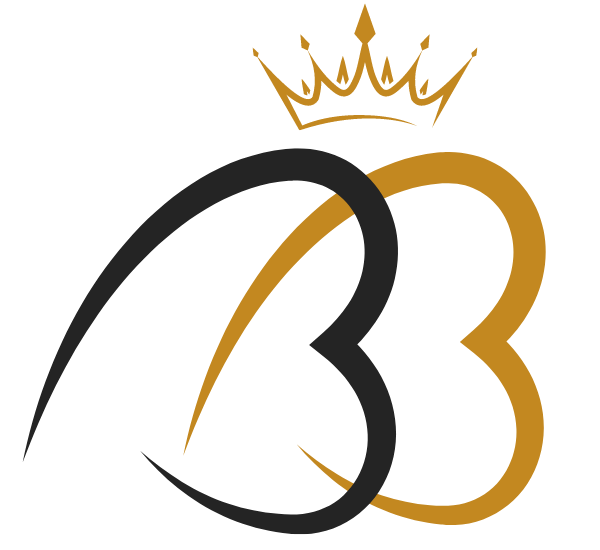Wigs, often worn for style or to cover hair loss, can impact natural hair in various ways. Some people worry that wigs may cause harm, such as increased scalp moisture and heat, especially if you have oily hair.
It's clear that mishandling them can lead to issues like tightness and skin irritation. Lace front wigs are popular but they need extra attention to keep your own hair safe from harm.
And while some believe that wigs can block hair growth, it's actually how you manage the health of your scalp and strands underneath that counts.
Wearing a synthetic wig every day without proper upkeep could negatively affect the condition of your scalp and hair over time. To dive deeper into this topic and learn how to wear wigs safely while keeping your natural hair healthy, let’s stroll through the importance of careful use and maintenance techniques for both the wig and wearer.
Protecting those tresses just might be easier than you think! Keep reading – there’s so much more we’re going to uncover together!
- Wearing wigs can cause hair breakage, damage, and even permanent loss due to friction and tension if not fitted or cared for properly.
- Protecting your natural hair involves regular scalp care, taking breaks from wearing wigs, using protective measures like wig caps or conditioners, and choosing the right adhesives.
- Improper use of wigs can lead to temporary hair loss or even traction alopecia; however, with proper management practices such as scalp massages and medical treatments, these conditions can be addressed.
- While wigs do not promote hair growth themselves, maintaining a healthy routine for natural hair contributes to its overall health whether one wears wigs or not.
- Cleaning both the scalp and wig regularly is essential in preventing irritation or infection that might arise from moisture buildup or product residue.
Reasons Why Wigs May Have a Negative Impact on Hair

Friction and tension on the scalp from wearing wigs can lead to hair breakage and damage. The use of chemicals for attachment, trapping moisture, and poor scalp and hair health can also have a negative impact on your natural hair when wearing wigs.
Friction and Tension on Scalp
Wearing a wig often involves some level of friction and tension on the scalp. This happens because wigs need to be secure on your head, sometimes resulting in tight bands or clips that pull at the hair and press against the skin.
Over time, this constant pressure can lead to headaches, discomfort, and even damage to the natural hair follicles around your hair line. If you're feeling any pulling sensation or noticing marks on your skin after removing the wig, it's likely too tight and needs adjusting.
The continuous rubbing from a wig can also contribute to thinning hair along the hairline and temples where the friction is highest. This kind of stress on your strands is especially risky for those with fine or fragile hair as it may escalate into breakage or permanent loss if not managed properly.
Ensuring proper wig fitting and giving your scalp regular breaks from wigs can help reduce these risks significantly. It's important for both your comfort and maintaining healthy natural hair underneath the styling convenience of wigs.
Poor Scalp and Hair Health
Constant friction and tension on the scalp from wearing wigs can lead to poor scalp and hair health. The prolonged pressure and rubbing against the scalp can cause irritation, and inflammation, and even hinder proper blood circulation, affecting the overall health of the scalp. Hence, wigs damage your hair if you wear them too often.
Additionally, if a wig is not properly cleaned or cared for, it can trap moisture close to the scalp, creating an environment susceptible to bacterial growth which may negatively impact hair health.
To minimize damage from wearing wigs and maintain healthy hair underneath, it is essential to pay extra attention to your natural hair's care needs. Proper cleansing routines for both your natural hair and wigs are crucial in preventing buildup that could lead to poor scalp conditions.
Trapping Moisture
Many women complain about trapping moisture leading to split ends. Trapping moisture underneath a wig can create a humid environment, potentially leading to scalp irritation and bacterial growth. This excessive moisture can also make it more difficult for the scalp and natural hair to dry properly, increasing the risk of infections due to prolonged dampness.
Moreover, individuals with very oily hair may face additional challenges as wearing a wig can add extra moisture, further affecting their scalp health.
To maintain optimal scalp health while wearing wigs, it's essential to address the issue of trapped moisture by ensuring proper ventilation and allowing sufficient air circulation.
Use of Chemicals for Attachment
Chemicals used to attach wigs can lead to scalp irritation and hair damage if not applied correctly and carefully maintained. The adhesives or tapes used should be selected cautiously to avoid the risk of allergic reactions or skin sensitivity, which could worsen over time with continuous use.
It's crucial to opt for high-quality adhesives and follow proper application techniques to minimize potential adverse effects on scalp health and natural hair.
The chemicals utilized for wig attachment may cause a buildup that can lead to dandruff, itching, or other scalp conditions over time if not cleaned thoroughly. Residue from the chemicals can also impede proper air circulation, potentially exacerbating moisture-related issues such as fungal infections or bacterial growth.
How to Minimize Damage from Wearing Wigs?

Properly care for scalp and hair, regularly clean and care for wigs, allow for breaks from wearing wigs, and use protective measures. Read on to learn more about protecting your hair while wearing wigs.
Properly Care for Scalp and Hair
To properly care for your scalp and hair while wearing wigs, it’s essential to maintain a healthy routine. Start by keeping your scalp clean and moisturized to prevent irritation and dryness.
Use a mild shampoo and conditioner suitable for your hair type, making sure to cleanse the scalp thoroughly but gently to remove any buildup of oils or products that can lead to clogged pores.
Additionally, using a lightweight leave-in conditioner can help nourish the scalp without weighing down the hair.
When wearing wigs regularly, it's crucial to give your natural hair some breathing room. Take breaks from wearing wigs periodically so that your scalp has time to breathe and recover from any potential tension or friction.
During these breaks, treat your natural hair with deep conditioning treatments or masks aimed at restoring moisture and strength. Furthermore, consider incorporating protective hairstyles when not wearing wigs to minimize manipulation and strain on the strands.
Regularly Clean and Care for Wig
To maintain the health of your wig, it's important to clean wash, and care for it regularly. Use a gentle shampoo specifically designed for wigs, and avoid using hot water or rigorous scrubbing to prevent damage.
After washing your hairpiece, gently blot excess water with a towel and allow the wig to air dry on a suitable stand. Regular cleaning helps remove dirt, oil, and sweat buildup that can lead to scalp irritation and hair damage.
In addition to cleaning, proper storage is essential for maintaining the shape and quality of your wig. Store your wig on a mannequin or in its original packaging away from direct sunlight and heat sources.
Allow for Breaks from Wearing Wig
To maintain healthy hair and scalp, it's essential to allow for breaks from wearing a wig. Daily wear of wigs can increase the risk of moisture buildup on the scalp, leading to potential infections and discomfort.
Giving your natural hair and scalp time to breathe is crucial for preventing damage, maintaining overall hair health, and promoting healthy hair growth. Additionally, taking breaks from wearing wigs allows you to properly care for your natural hair without hindrance.
Use of Protective Measures
To minimize the potential damage from wearing wigs, it is crucial to incorporate protective measures for your hair and scalp. One essential protective measure is to use a wig cap made of satin or silk before putting on the wig.
This helps reduce friction between the wig and your natural hair, preventing breakage and damage. Additionally, applying a leave-in conditioner or moisturizing spray to your natural hair before wearing a wig can act as a barrier against dryness and brittleness caused by prolonged wig use.
Furthermore, when removing the wig, gently detangle any knots in your natural hair with a wide-tooth comb to avoid unnecessary pulling or tugging. Regularly massaging your scalp with nourishing oils such as jojoba or coconut oil can help maintain scalp health while wearing wigs.
Can Wigs Cause Hair Loss?

Wearing wigs can potentially cause temporary hair loss due to tension and friction on the scalp. In some cases, long-term use of wigs can also lead to permanent hair loss from a condition known as traction alopecia.
Temporary Hair Loss from Tension and Friction
Tension and friction from wearing wigs can result in temporary hair loss. When the wig is too tight, it may pull on the hair follicles, causing them to weaken or break. Additionally, constant rubbing and pressure on the scalp can lead to the shedding of natural hair.
It's crucial to give your scalp regular breaks from wearing wigs and ensure that they are not overly snug to minimize this type of hair loss.
Friction caused by wearing a wig can also lead to hair thinning and breakage over time if not addressed. To mitigate this issue, consider using a silk or satin wig cap underneath the wig; these materials create less friction against the hair than traditional fabric caps, reducing tension on the scalp and minimizing temporary hair loss.
Permanent Hair Loss from Traction Alopecia
Traction alopecia can result in permanent hair loss from constant tension on the hair shafts. Tight hairstyles, including wigs, can cause gradual damage to the hair follicles, leading to irreversible thinning or bald spots.
Prolonged and repeated traction from wearing wigs that are too tight or applying them improperly can eventually lead to traction alopecia, affecting the scalp's ability to regrow hair.
Wearing heavy or tightly fitted wigs increases the risk of developing traction alopecia. It's essential to prioritize scalp health and opt for looser-fitting wigs with gentle attachment methods to minimize the risk of experiencing permanent hair loss due to prolonged tension on the natural hair strands underneath.
Are Wigs Bad for Your Hair - FAQs
Wearing wigs and hair extensions has become increasingly popular for both fashion and medical reasons. However, there are still a lot of common questions surrounding whether prolonged wig use can damage your natural hair or scalp.
In these FAQs, we will address some of the most frequently asked questions about the safety and risks of using wigs and hair extensions.
Can wearing wigs cause hair loss?
Wearing wigs can potentially lead to hair loss if you don't follow proper wig-wearing practices, such as ensuring scalp care while wearing wigs and using the right hair products for protection.
Are lace front wigs harmful to your natural hair?
Lace front wigs might harm your natural hair if they're not applied or removed correctly. It's important to practice gentle techniques when putting on or taking off these types of wigs.
How can I protect my natural hair while wearing a wig?
To protect your hair under a wig, use scalp-care strategies like keeping your scalp clean and moisturized, choosing the correct fit for the wig, and giving your head breaks from prolonged wig wear.
What are some tips for preventing damage when using wigs?
Preventing hair damage from wigs involves regular natural hair care, such as providing nourishment to your hair and scalp, being gentle during wig removal, and maintaining both the health of your own locks and the condition of the wig through proper maintenance.
Is it okay for my scalp health to wear a wig every day?
It may not be ideal to wear a wig daily because it could lead to issues like scalp irritation; however, with careful attention paid to hygiene regimens including washing your own strands routinely as well as knowing how best to apply methods won't needlessly strain follicles - frequent usage becomes more feasible.
Conclusion
Understanding the impact of wearing wigs on hair health is crucial. Emphasizing practicality and efficiency, it's clear that proper care for both your natural hair and scalp can mitigate potential damage from wearing wigs.
How will you apply these strategies to protect your hair? Highlighting the importance and potential impact, these approaches can lead to significant improvements in overall hair health.
Share with us your experience of using a human hair wig or a synthetic hair wig in the comments section below!
Read More About Wigs





